|
Today’s field trip was to the river at Maylandsea to visit a couple of sites marked on Bakers map (University of Essex Archive Ref: C3). The last time that I had visited the village was in 1990 but I hadn’t explored much of the area. It stretches inland from the harbour which was a good starting point for me to walk from, being situated in the middle of several points on one of Baker’s maps. The first location was to the east and I followed the sea wall and its strange diversion through the boat yard, to see if I could get out on to the salt marsh. What was immediately clear is that where there were orchards in Baker’s day are now houses, and with houses comes people, and quite a lot of them were out, considering the grey overcast day it was. Only one person was walking without a dog, myself aside, so I felt a kind of solidarity between us for the short moment as we passed, as dog walkers must feel with other like folk. It is a small community, and dog walkers have their own very particular sub-culture within communities, so I’m curious as to what other interest bring people together in such places. Everyone knows each other and therefore, a new person doing different activities, attracts a fair bit of attention. Some people say hello. Some give a curt nod. But most talk to their dog instead of talking to the new human being, and that is fine with me if I’m recording. I just find it strange that someone would use their dog as a shield from human interaction. But then we’re all pretty strange aren’t we? I mean, I was sitting on a bench watching birds and recording the salt marsh in Maylandsea. I did however have a lovely chat with a local chap walking his two collie dogs, one of whom licked my face by way of an introduction. He extolled to me the virtues of kayaking and snorkeling in the Blackwater and the inquisitiveness of the local seals. But not on a day in November, obviously. The man also advised me on some of the footpaths around the area, which will be handy information in the coming months.
I saw a lot more birds today including Brent Geese, a flock of 12 or so Canadian Geese coming in to land, a little egret, plenty of shelduck and dunlin, a solitary curlew, 2 turnstones and a Common Sandpiper investigating all of the weed on the mudbanks, plenty of Common Gulls and a couple of Crows from my vantage point on the sea wall. There is a bird that I cannot so far identify and there were a couple of large flocks of them out on the mud. Hopefully someone will be able to tell me what they are at some point. (edit* my newly arrived second hand RSPB Pocket Guide to British Bird by Simon Haraap Second Edition helped me later identify them as Lapwings.)
Comparing the map Baker used in the 1950’s and 60’s to a modern day OS map it’s clear that a lot has changed in the environment, our environment. Housing developments over the last part of the 20th Century and early part of the 21st have meant that a lot of habitat has been lost and liminal space on the margins has become increasingly narrow and encroached upon by man’s activities. As well as protecting the land from the sea, sea walls have also become their own habitat providing homes for plants and animals alike, plus a convenient path for us to access the coastal areas. In particularly remote areas, or places less often visited by humans, wildlife naturally does as it wants, but as soon as we appear we change things, and that was very apparent from my slipping in the mud on arrival at Mundon Creek…everything flew away. Or, at least to the other side of the lagoon. I know from having spent a lot of time kayaking along the River Stour on the project The River Runs Through Us that the perspective of the land from the water is very different, and in very flat and open coastal areas such as this makes anyone walking on the sea wall very visible against the sky. My original intention for today was to visit Mundon, and approach this area by foot (along the well established St.Peter’s Way), which would have meant that my arrival in the area could have been a lot less intrusive, but the road was closed, so I decided to park in the village of Maylandsea and approach from that direction. Even though I am reasonably mindful of my affect on the natural environment (yes, I know I’m travelling by car!) a lot needs to be done on reducing my impact on any given location.
The lagoon itself was at a reasonably low tide which revealed a lot of small ‘islands’ of mud, plus larger pieces of ‘land’ with vegetation on top. But the tide was coming in, almost imperceptibly, but most definitely. I took a position below the sea wall but on a shelf of salt marsh about 5 feet below that was almost entirely carpeted with Sea Purslane, which afforded some shade from the reasonably insistent westernly wind. After settling in, I slowly started to tune in to the self, the world, detecting an openness, a stillness. The inner and outer connecting to each other, one helping to understand the other. I could feel it coming, gently but irrepressibly. The tide. External forces controlling, the land resisting but ultimately futile. I suddenly realised that my choice of position was made with this in mind, it must, in real life. As soon as I had stepped outside of ‘civilisation’, even though I could still see it, hear it, over there, I immediately felt more relaxed, more comfortable, more ‘at home’. A couple of flocks of birds circled near this end of the lagoon but flew away again. Two very impressive Mute Swans flew past, panning left to right, the sound of their wings and rhythmical vocal sounds. A kestrel hunting above the sea wall, nearer the village, hovering, eyeing up its prey and eventually stooping to catch it, although I didn’t see it fly away so it must have flown out low and below my view in the binoculars. I did however see more Shelduck, what may have been a Goldeneye but I can’t be sure, a Heron and flocks of Sandpipers and Dunlin. These flocks had retreated to one of the pieces of land in the lagoon, but their refuge was slowly becoming submerged with the inhabitants being pushed towards the top. An ever shrinking amount of space for everyone, but of course, they’ll be able to fly to somewhere else. We will not. Soon I’ll have to retreat myself, to the sea wall, to civilisation, and then home. Hello, the dog walkers say, marking my passage from one place to the next.
0 Comments
It has been at least five years since I have been out this way and I was looking forward to reacquainting myself with the area. The two large buildings of the (decommissioned) power station looked very different in the light today compared to last week at Goldhanger, but they make a very imposing placemark, navigation aid, on the landscape in any weather. At Bradwell Riverside there were four people looking out to sea, pointing and talking, and they all became very animated and started shouting when a man on ride on lawnmower drove in to something. Other than that, it was very quiet and I set out along the sea wall towards the power station, glad to have brought a scarf and gloves as the wind was brisk and crisp.
I set up near the Down Hall Farm Sluice, a short way from where Baker has a point marked on one of his maps (University of Essex Archive Ref:C3), opposite Pewet Island and next to the channel separating it from the mainland. There were several wading birds on the island and a couple of cormorants drying themselves in the cold breeze. I did remember to bring some binoculars, which were lent to me by painter Ruth Philo. They were her father’s, originally bought in the 1960’s, so a slight connection to Baker’s time. I have seen his selection of optics in the University Archive, and even looked through his binoculars, even if only out of the university window. Ruth’s will certainly make a difference to spotting and identifying birds out in the landscape and I was even able to get a closer look at the Radio Caroline ship out in the estuary. I saw several Common Gulls, Brent Geese and Cormorants and also heard a pheasant and the aforementioned lawnmower running over something, which seemed to be par for the course given his previous. I was a bit restless, knowing I was meeting someone soon, and couldn’t really settle in to the location as I had the week before, so I might rethink how I approach the days where I am walking with someone. But as the hour progressed the wind seemed to become more insistent and the tide continued to receed revealing more of Pewet Island. A couple of withies stick out from the mud, a wonky vertical to the horizontal of the water, sea wall and horizon. I found it frustrating not to be able to identify the different wading birds … more work needs to be done here. The time counted down slowly, with every gust. At 58 minutes, my mobile phone rang (but was on silent mode, naturally), it was one of the artists I was going to meet but I let it ring off as even though I was 30 feet away I didn’t want to record myself. On the hour I stopped recording and phoned him back, and agreed to meet at the junction of the two footpaths by the power station. It was good to see James Ravinet and Warren Harper as I had only seen them occasionally since moving north over a year ago, and I also wanted to talk to them about their work around Bradwell and on the Dengie peninsula, much of it being on their Institute for the Recognition of Peripheral Interests site. Whilst we were chatting Warren saw a bird of prey hovering about 15 feet above the sea wall, but it flew away across the field before we could look at it through our binoculars. It was exciting to know that there were birds of prey out here, especially as I had seen a tweet a few weeks ago about Peregrines nesting on top of the power station buildings. A few minutes later he spotted two birds of prey flying above the reactor buildings. They were gliding into the wind in order to hover in a reasonably stable position relative to the ground, which gave us time to look at them through the binoculars and positively identify them as Peregrine Falcons! I specifically looked at one falcon and could clearly see its ‘badger’ like markings, as described by Baker, meaning that this was the tiercel (male), and the other the falcon. As it turned slightly in the wind I could see the outline of its shape was also what I had recognised from other photographs…what a great moment! It was at this point that the security cameras on the power station that had been watching us standing and chatting started to flash at us, as if they thought we were looking at them through the binoculars, so we gave them a wave and started to walk off along the sea wall. A local man walking his dog, the first of today, approached us on the beach to ask what we were doing. ‘Are you surveying the sound?’ he said. He seemed disappointed when I said I was recording birds, and said that he saw peregrines all of the time as if they sparrows. Interestingly for James and Warren he’d worked at the power station when it was operational so we had a bit of a chat before his dog instructed him it wanted to go for a run. With a combination of the relentless cold south east wind in our faces, and breathing in chemicals being sprayed onto a nearby field, we decided to leave the beach and head back to their car, looking at all of the power station defences, whilst the cameras followed us too.
They kindly dropped me back at my car and I drove to St Lawrence in order to visit another point on the map, but after walking a fair way along the sea wall I realised that the contours of the land were different to that on the map. However it was a photograph of a map from 1945, so it was possible things could have changed, but not that much. Upon closer inspection, and comparison to a modern map, I realised that I had driven down the incorrect road to the river. So I walked back to the car and drove back to the main road, then headed east again hoping to turn left in a short while. But the road I was looking for didn’t materialise and I ended up nearly back in Bradwell. So I drove west again and still couldn’t find a road, or even a trace of an old road by a line of trees or something. If I was on a bicycle like Baker I would have been able to scrutinise the landscape in more detail, but as it was I thought I’d leave it and come back after a bit more research.
There are however more locations on the river to visit so I headed towards Steeple, and more precisely, Steeple Bay caravan park, which wasn’t there in Baker’s time but does now occupy land towards Mayland Creek where a location had been recorded. I drove past the ‘Trespassers Will Be Prosecuted’ sign and through most of the site until I reached a car park that I had spotted a few days earlier on Google Earth satellite imagery. There was no one around but a few vehicles parked so I left my car there and walked to the river. The weather was closing in a bit but it was not raining so I walked out to the further most piece of salt marsh and set my tripod and recorder up there. I retreated a fair way along the sea wall, or what was left of it, 50 meters or so, and huddled down beside some bushes, but keeping the kit in view. From this point I could see the opposite bank of Lawling Creek and Osea Island, somewhere that has long been on my list of places to visit. An hour went very slowly as my mind was being interrupted by thoughts of meetings and travel between sites, and was ultimately less immersive. But I did start to observe the sights and sounds, including three juvenile ducks in flight, an egret, some dunlin, a flock of lazy flying birds (*edit, later identified as Lapwing), some broken glass on the beach, no dog walkers and a distant murmuration of a flock of birds across the muddy river banks. It was always going to be hard to reach the giddy heights of this morning’s sightings of Peregrines but nevertheless I enjoyed being out in the cold damp air, watching, listening, absorbing and writing.
It had been a wet morning, heavy, which had initially put me off coming out on my first scheduled recording trip for his project, but by 12 noon it had begun to brighten up so I gathered my things together and drove to Goldhanger, on the north bank of the River Blackwater. I arrived around 1pm and drove to the south end of the village that I had seen on the map earlier from where I could access the sea wall by a public footpath. I parked in Fish Lane, making a mental note of the two pubs and one cafe to retreat to later on, if need be.
JA Baker’s book The Peregrine, which this project is inspired by, is very ambiguous about specific locations in the landscape but his maps in the University of Essex Archive have specific locations marked on them, although there is no key explaining what they are related to. Since this project is about discovery, as were Baker’s expeditions, we can interpret these locations as just that: searching for something which is yet unknown. I will however be meeting James Canton in December who has done a lot of research on Baker and his movements, so hopefully he’ll be able to shed some light on where he actually refers to in The Peregrine. As soon as I stepped on top of the sea wall I felt a sudden wave of reality, and a connection to his landscape. Our landscape. I hadn’t been here before so this place held no previous associations for me. Looking at the map I decided to record only two locations today in the limited time available, but to spend longer than usual in each place. I walked east along the sea wall to a point where the small inlet (Joyce's Bay?) meets the river. A nearby sluice identified this location as Higham’s Farm. Almost perfectly a bench sits here indicating a desirable vantage point. A large puddle made by this mornings rain collecting in a dip created by visiting viewers, perhaps listeners, prevented it being a comfortable seat and required a rather slouched sitting position to use it. For an hour. As soon as I had set up the recorder and mic I knew that this morning would have been a better time for recording birds. The tide was high and the lapping waves dominated the soundscape. More attention needs to be paid to tides. There were quite a few sounds punctuating the dominant sonic wall of waves. Aircraft continually pass overhead on their way to London airports, which is something I became very aware of whilst working on the You Are Hear project for the Essex Record Office in 2016. A reversing beeper from a wharf or building site somewhere up river. And very occasionally, a bird. My knowledge of bird song is very limited so later in the project I’ll be walking with some keen birders in order to to educate myself and expand my knowledge and perception.
40 minutes in to the first recording and the wind drops significantly. The voices of dog walkers travels across the inlet. The presence of another dog walker behind me is revealed by a bark. The person decides to give one toy to two dogs, encouraging them to fight and growl on the small gravel beach by the sluice. Eventually I see quite a few more birds including some common gulls, and a couple of flocks of Brent geese flying in V formation along the trajectory of the river but behind me above the land. Two more follow along a few minutes behind. I’ll be sure to be less static and more observant in all directions in the future.
I pack up after an hour of recording and walk back towards the footpath and to another of the locations marked by a circle on Baker’s map, which is on the opposite side of Joyce's Bay. There are a couple of small boats moored here and it seems that the owner of one of them has arrived and is aboard, playing his music rather loudly. I set up and can hear his beats drift across on the slight breeze. The tide is receding now and there is only mud left in the bay, leaving the boat sitting high on its keels. I sit on my kit bag a short way from the tripod, making a note to bring a camping seat next time. Two people walking dogs go by, saying hello in a suspicious manner. The dogs sniff me, and the microphone and get told to leave it alone. There are crows, a wading bird, more gulls and a small brown bird (a wren?) in the hedge. The wind drops to almost nothing, just a slight cold sheen on the cheeks. The music travels more clearly but I’m unfamiliar with the songs. Something from the 70’s I’d guess. The earth continues to rotate causing the sun to move closer to the horizon. A horse gallops by on the opposite side of the inlet. A moorhen calls. A common gull flies silently past. A distant persistent dog. A little egret, some pigeons, and a lone cormorant way up high, following the flight path of the aeroplanes above it. An unidentified brown bird. I was just settling in to my uncomfortable seat on the grass when a bird about the size of a pigeon flies around in an arc from the west, out across the bay and back to the west in front of me. It had a distinctly hawk like shape but I was unable to identify it. I hold my breath. Could it, be? I could not tell either way but in 20 or so seconds it has gone. I wait for it to reappear but it does not. The moment was short, but tantalising. I remember from Baker’s descriptions that other birds were terrified by the Peregrine, and all of the birds I can see are going about their business as usual, except for maybe the intrusion of me, the dog walkers, the music man. I doubt very much that it was. The light is fading, its 3.15 pm, and there are more birds in general now but also more aeroplanes and more people. A microlight passes overhead. Two flocks of dart like birds fly past, as does a solitary sharp looking bird. Not very helpful for research purposes but I’ll be sure to come back and fill in the actual names of these sightings when I have more knowledge. Unfussed gulls. A large flock of distant geese, a pheasant in the undergrowth near the path, crows on the wing, a blackbird. More hellos. Three dalmations. I set a timer on my phone so that I don’t have to approach the recorder and record the sounds of myself in close proximity, and it was counting down towards the hour. It will take some adjusting, to feel more connected to the landscape. Life has recently been hectic, and I have been rushing about for all manner of things and I'm hoping that these moments in the outdoors, looking and listening, will afford me some much needed time, to think, and to be. I can feel the cold creeping in with every passing second, but eventually we reach an hour and I stop the recording. As is usually the way, it is then that the action intensifies and a huge flock of Brent geese flies overhead on their way to roost for the night. What a spectacle and exactly the kind of thing I had come for. After they had settled in a nearby field it was back to the Chequers Inn that I had seen on my way here for a pint in the warm and to write up my notes whilst still in the foremost of the mind. Oh, and to listen to Phil Collins ‘Sussudio’ in the bar. Inspired by JA Baker's The Peregrine, in which he spends 6 months documenting his efforts to find, observe and record the characteristics and habitats of the elusive falcon, Resounding will afford me the time to explore and record the sonic landscape in the same locations as Baker, to orientate myself in his landscape and make audio documents of the area, its wildlife and habitats.
This concentrated period of time will allow me to explore new ideas for interpreting and reworking the recordings and to investigate the idea of turning birdsong into music, and to make location/species based generative compositions. I will also develop new ways to present sound works based on the recordings within rural and urban environments as well as more traditional gallery spaces. Funded by Arts Council England's Develop Your Creative Practice grant 2019 - 2020. More information, and a new website, will be coming soon. Follow on social media using #ResoundingEssex |
Details
AuthorInspired by J A Baker's The Peregrine, recording the sonic landscape around the River Blackwater, Essex. Funded by Arts Council England's Develop Your Creative Practice grant 2019 - 2020. Archives
December 2023
Categories |

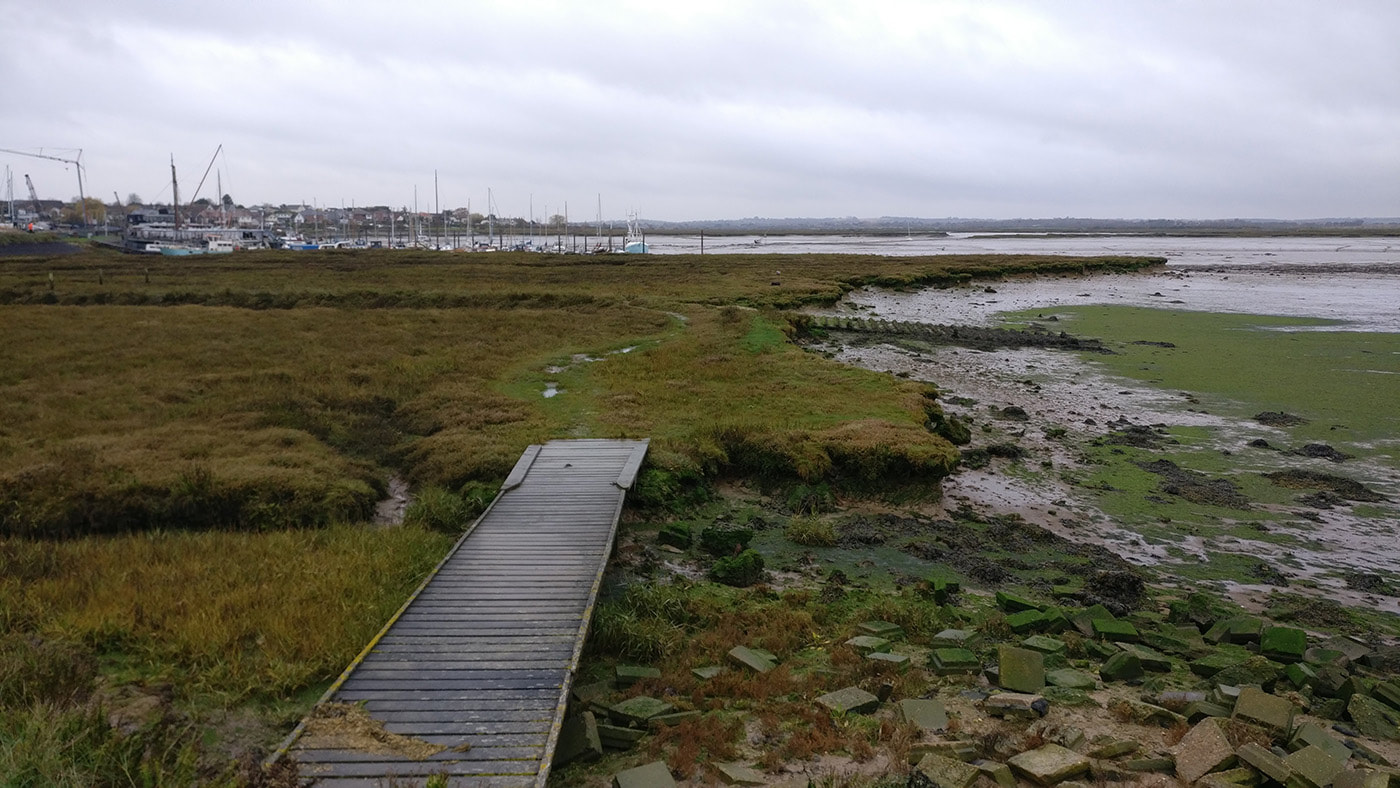
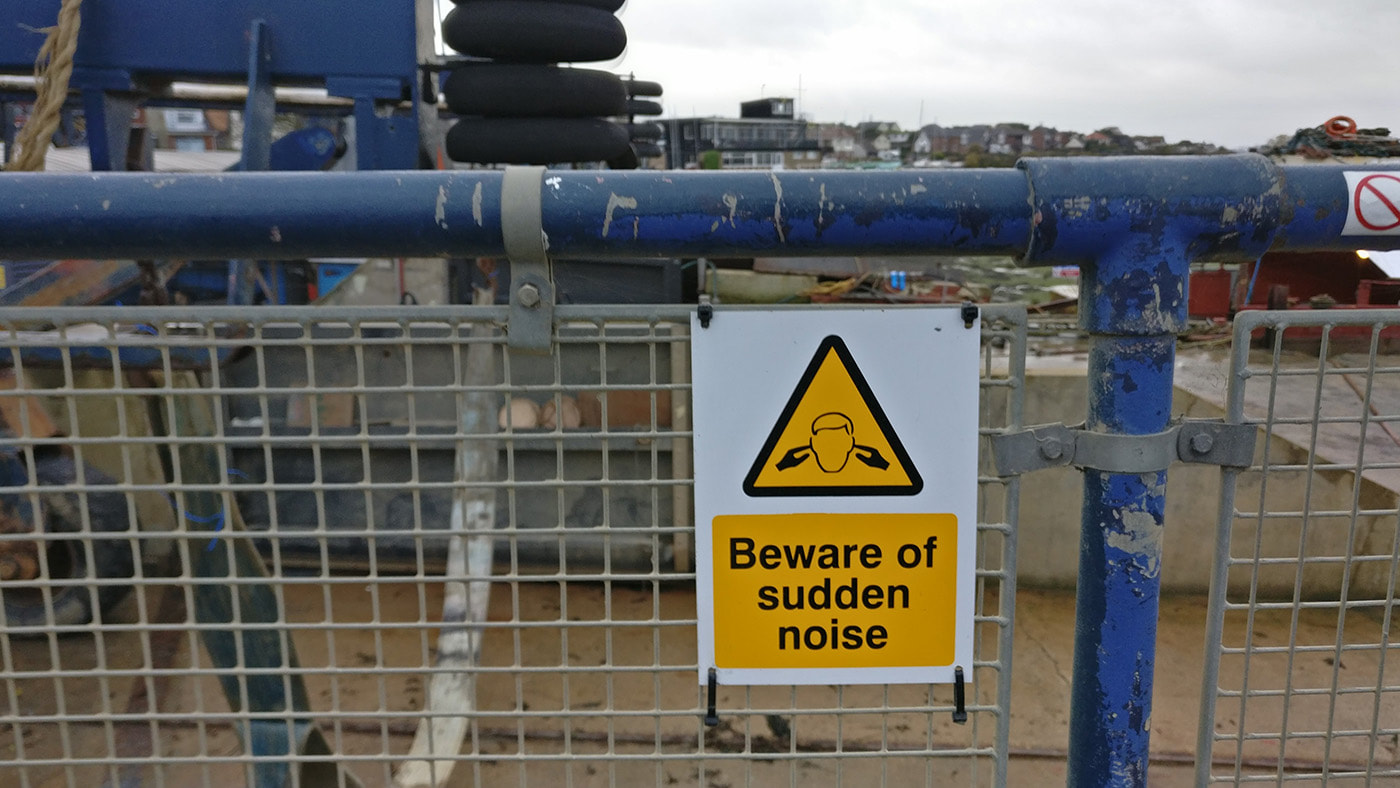
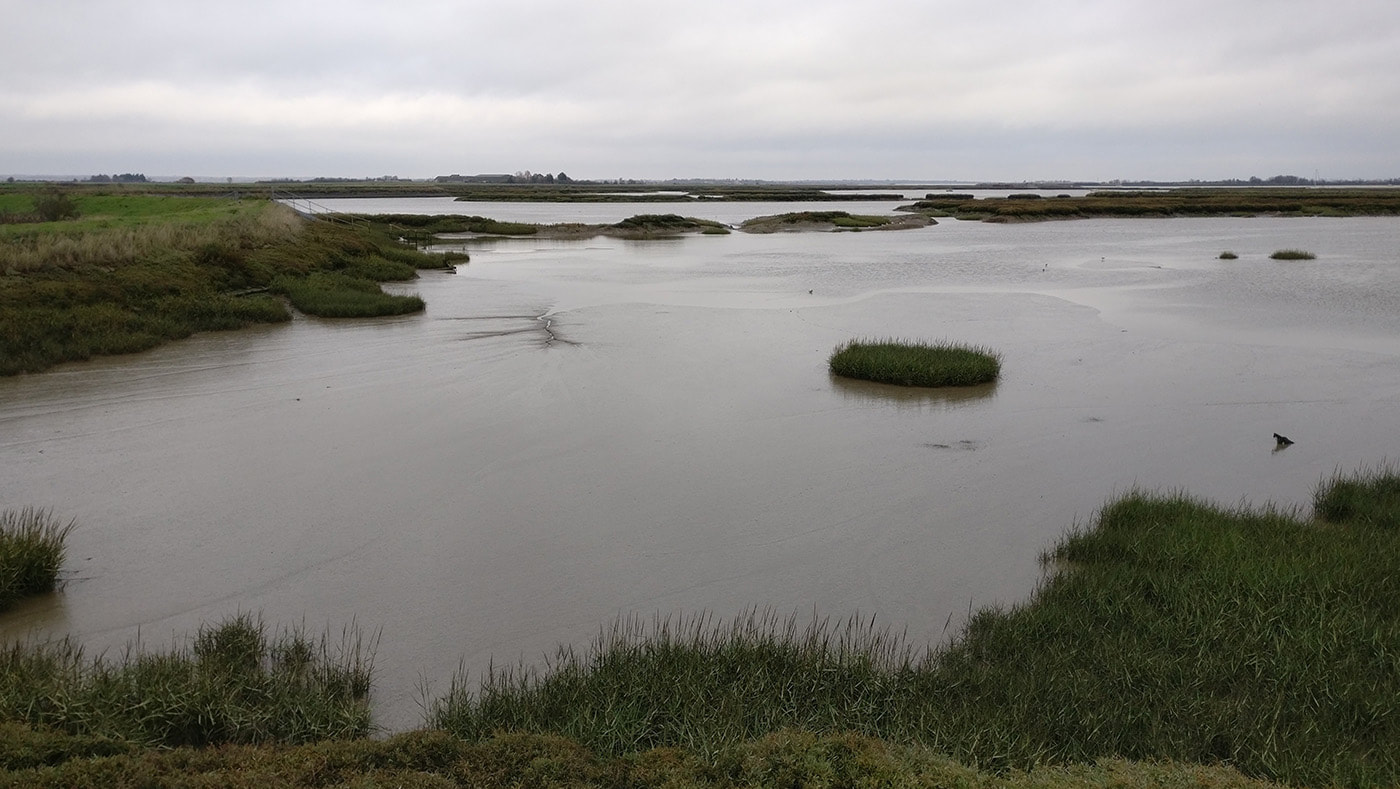
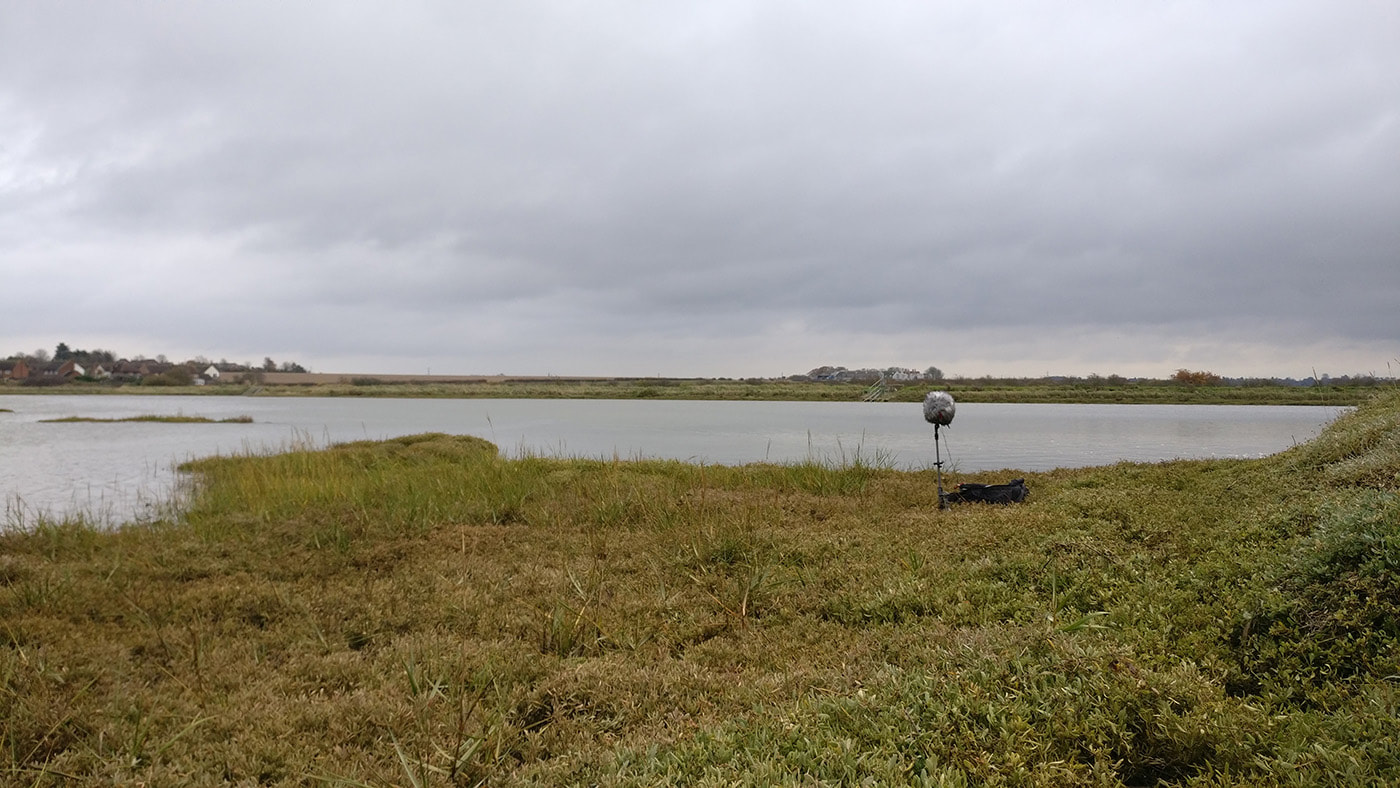
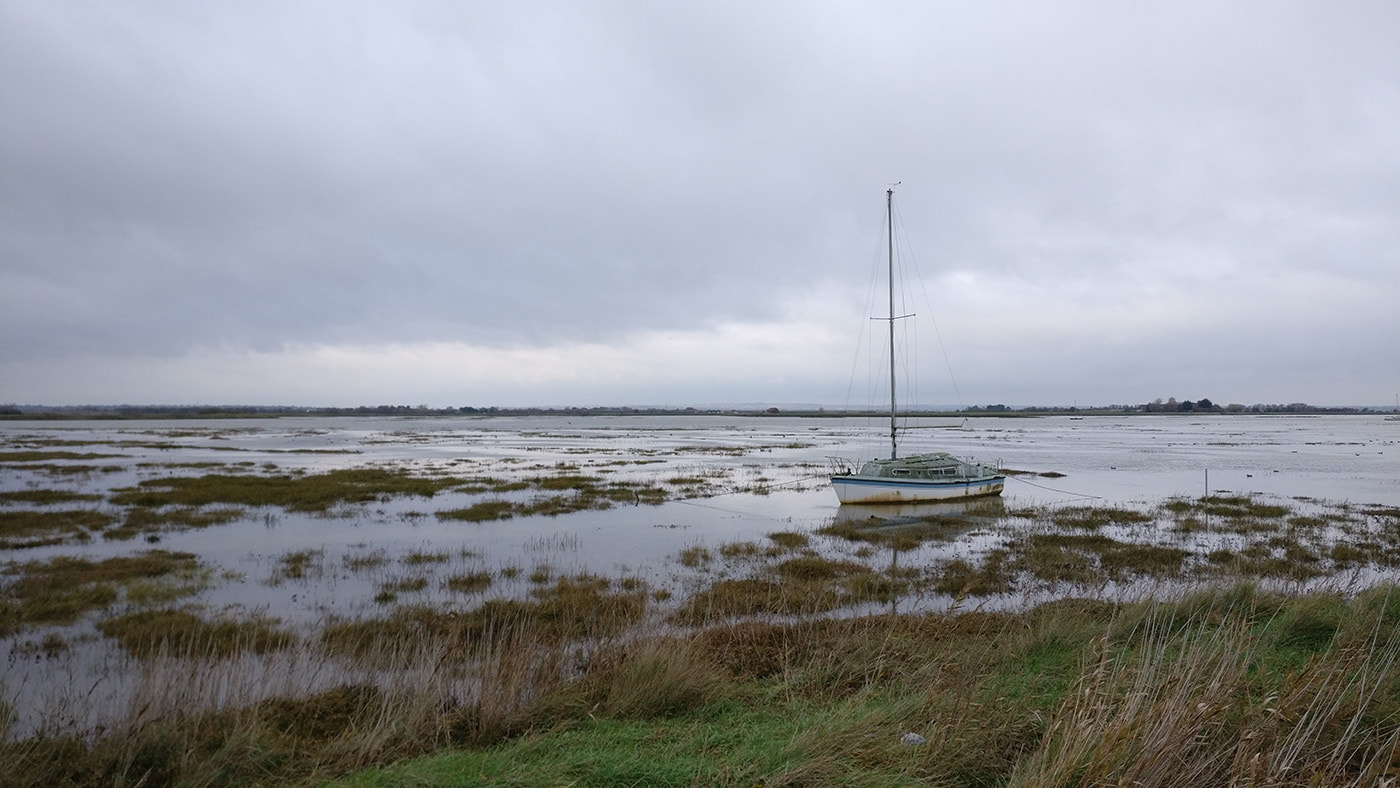
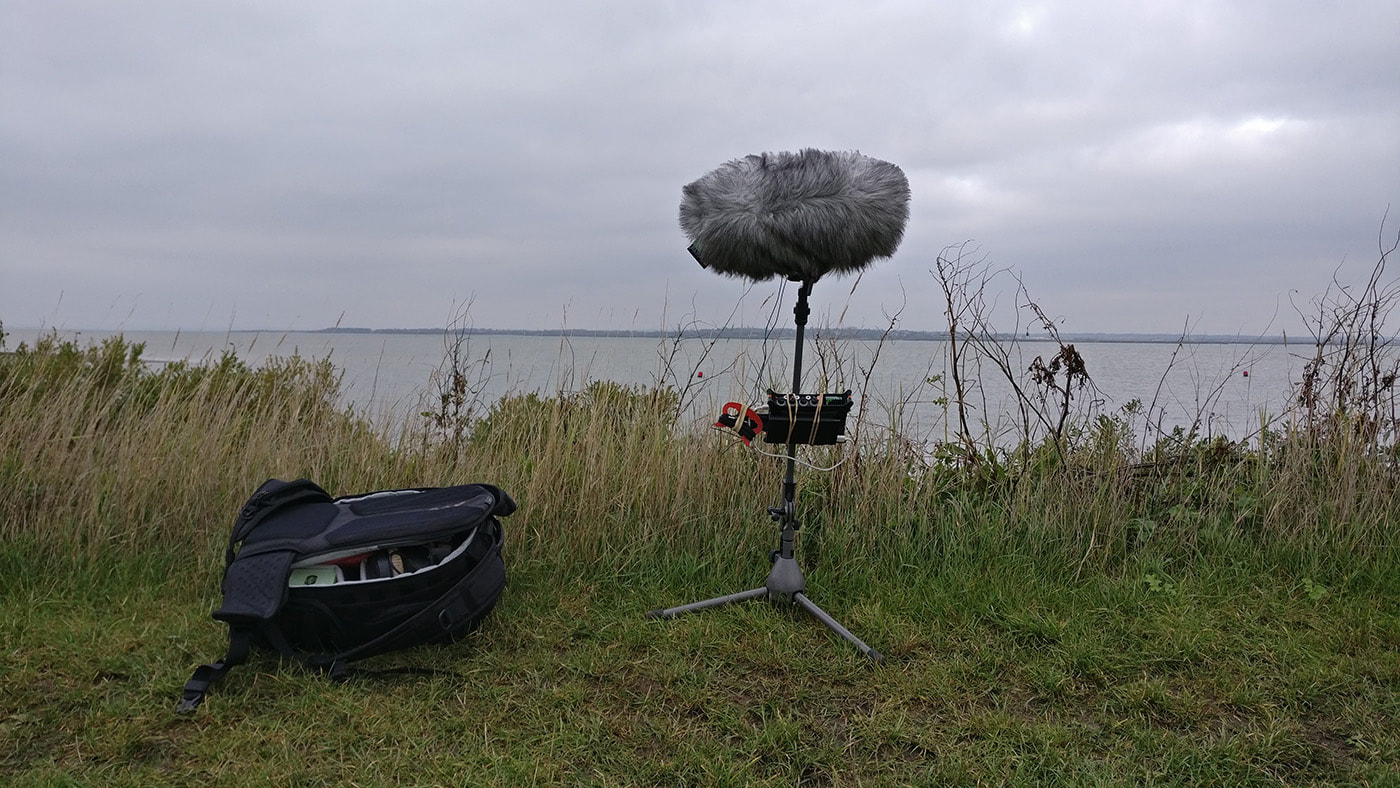
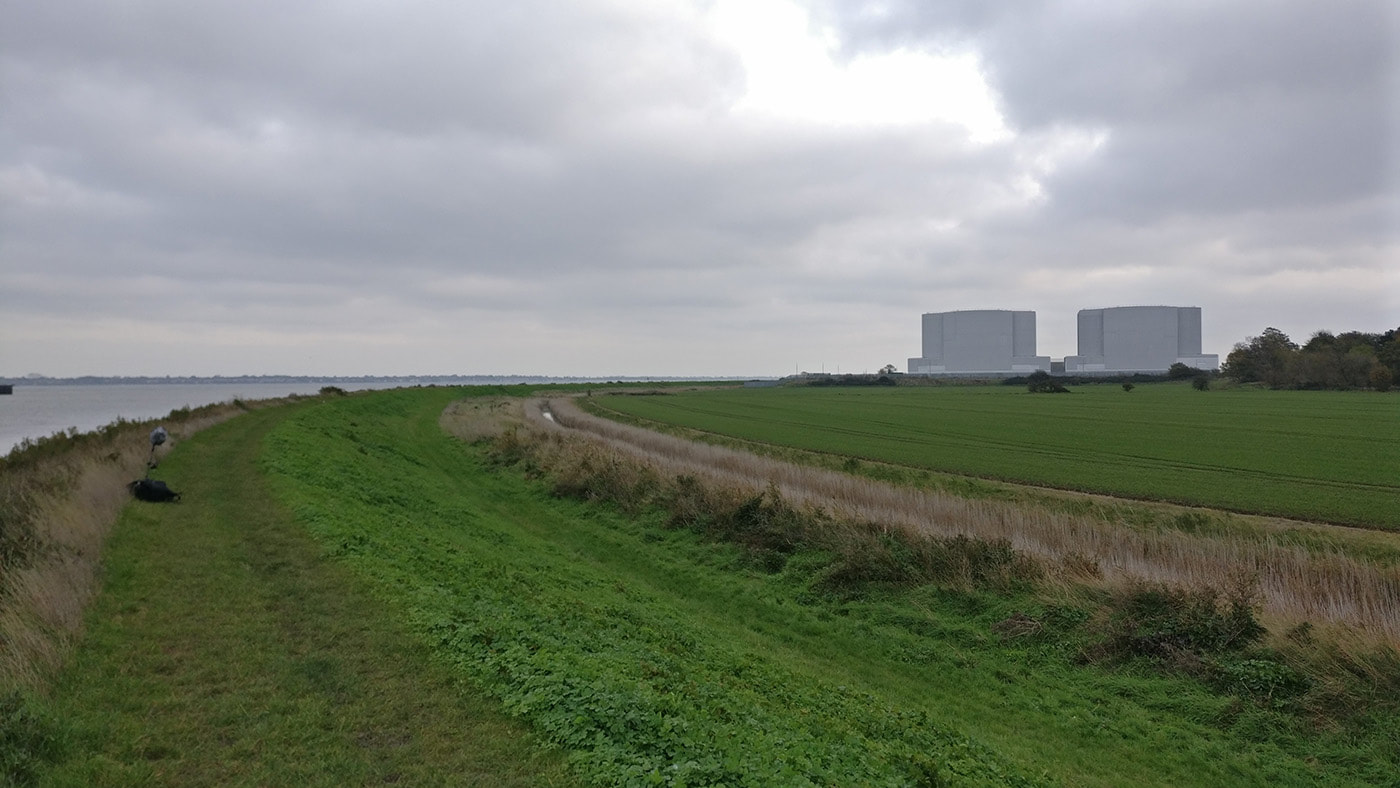
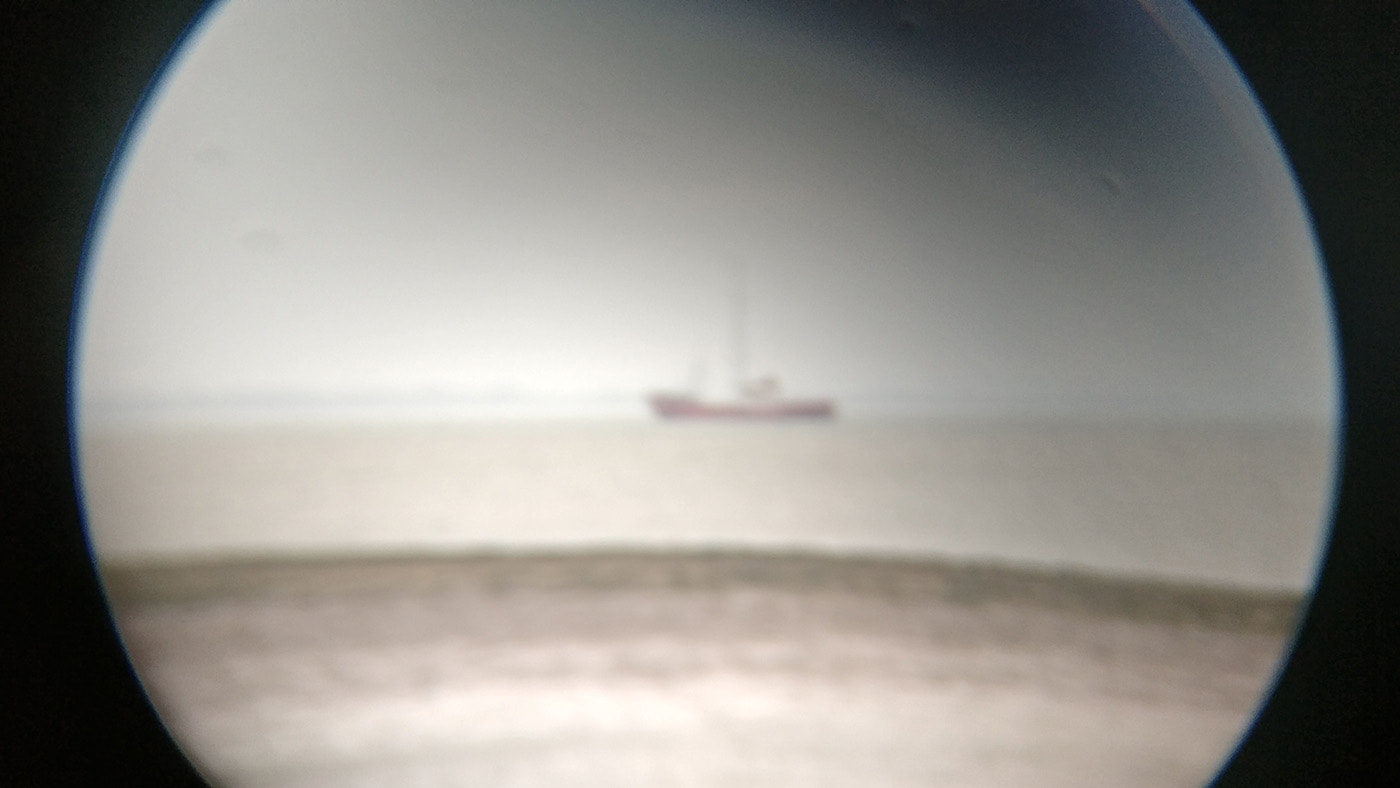
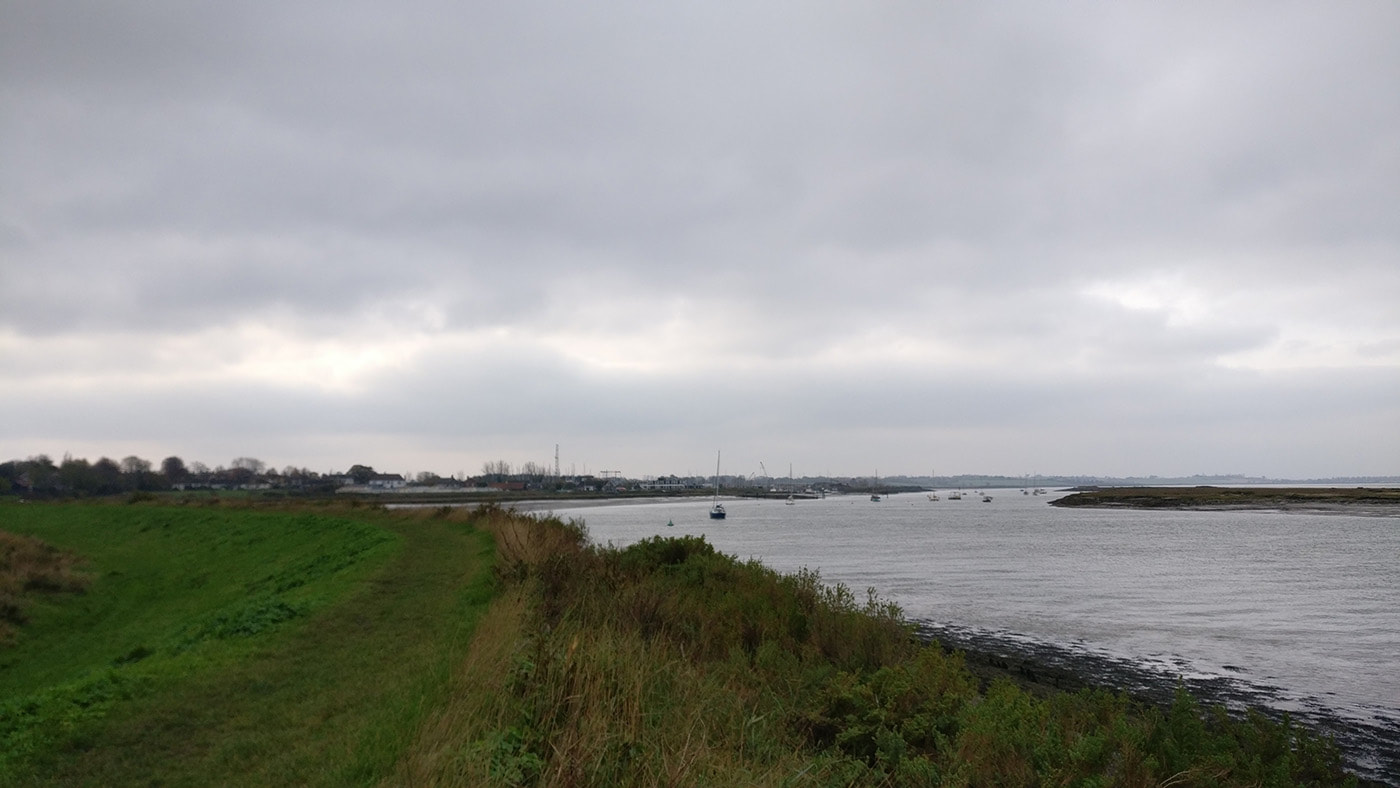
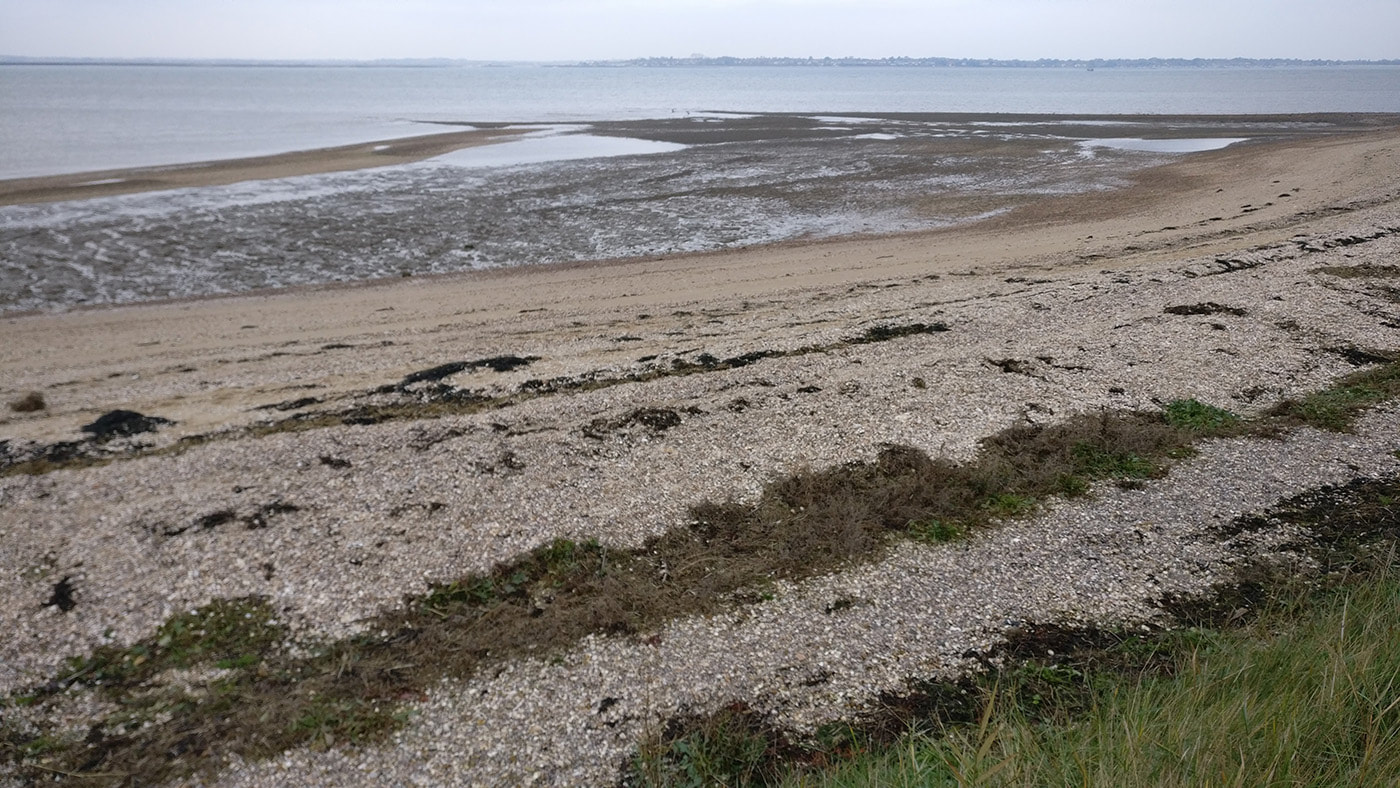
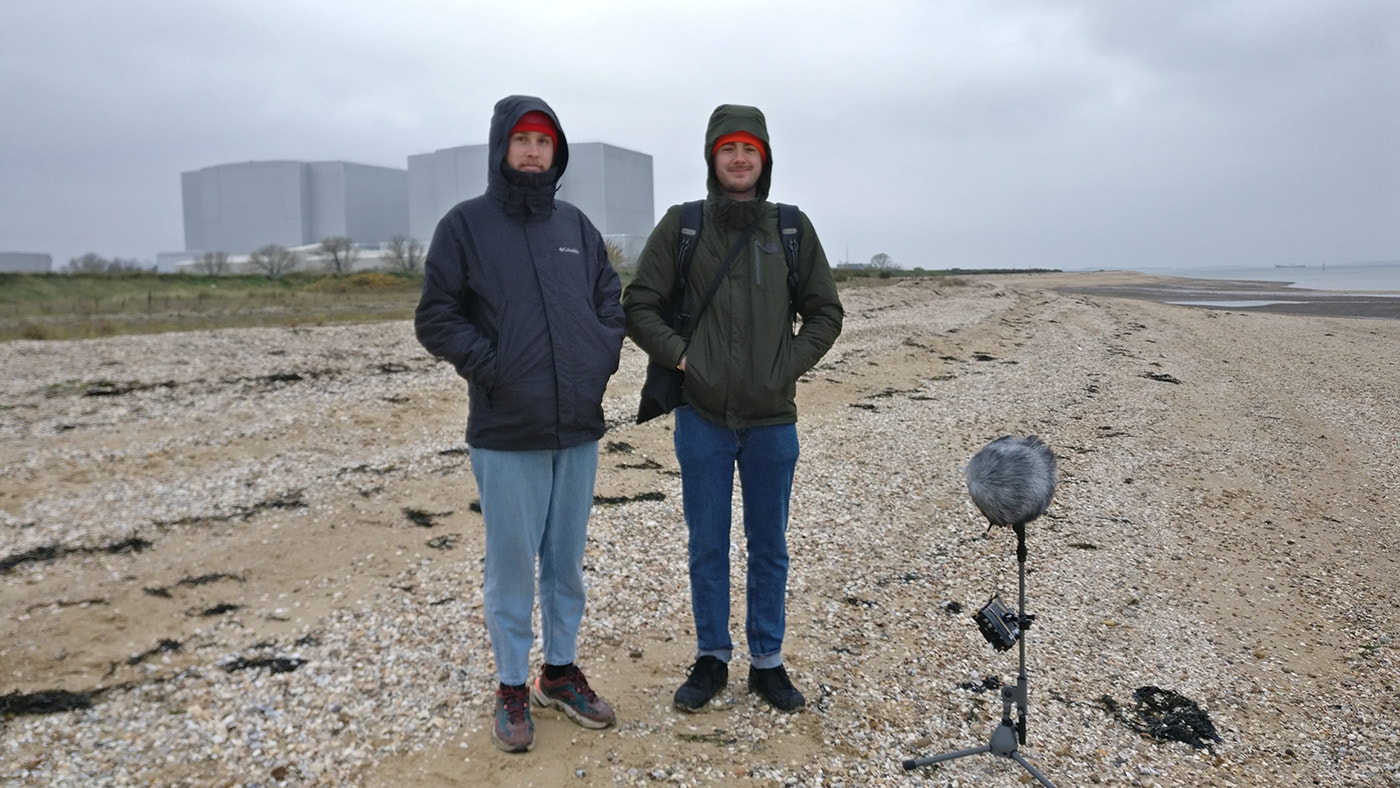
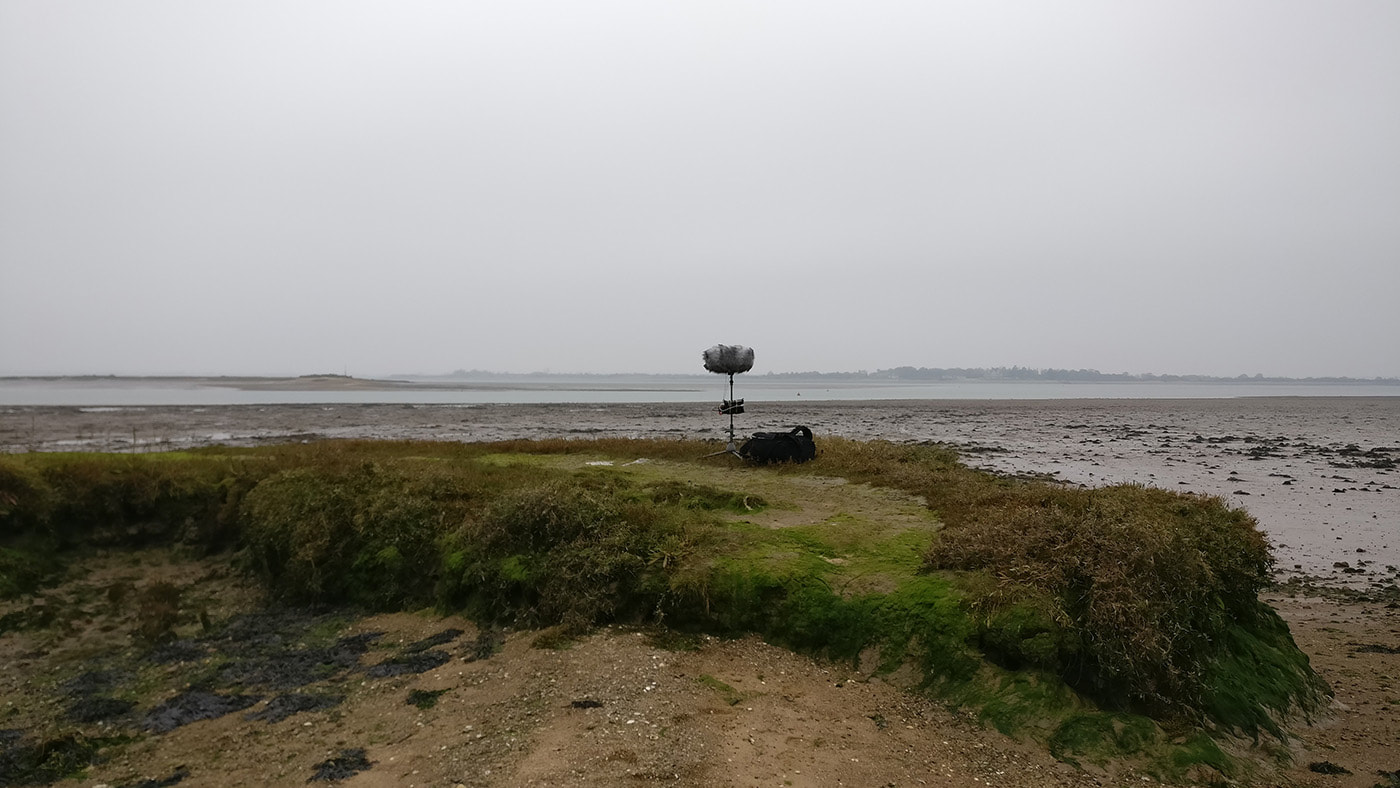
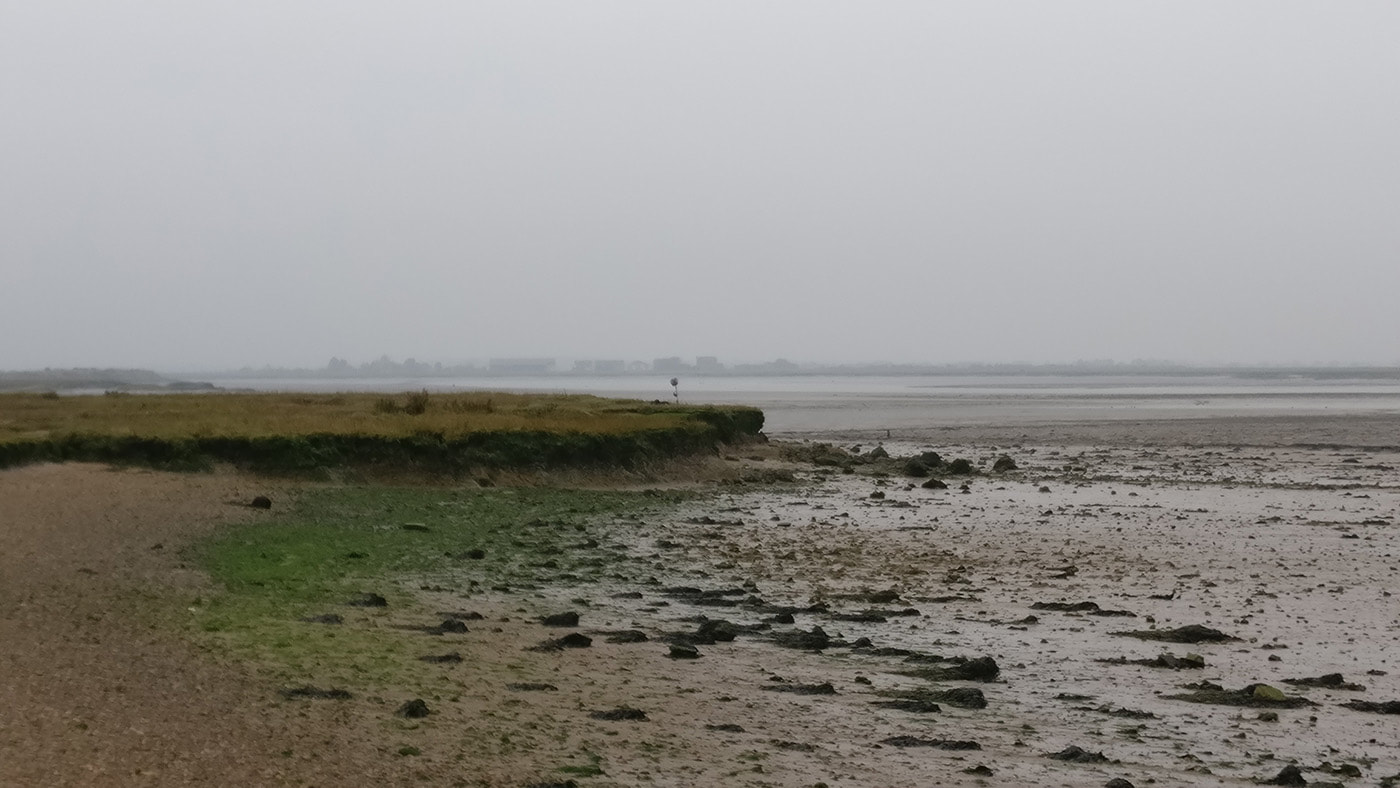
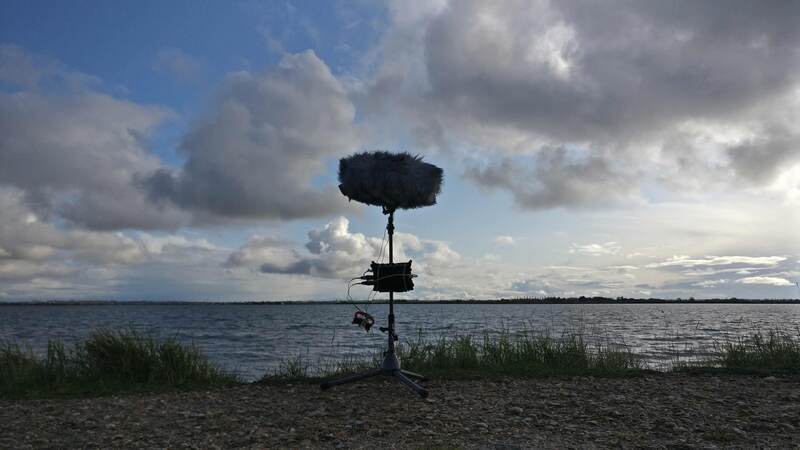
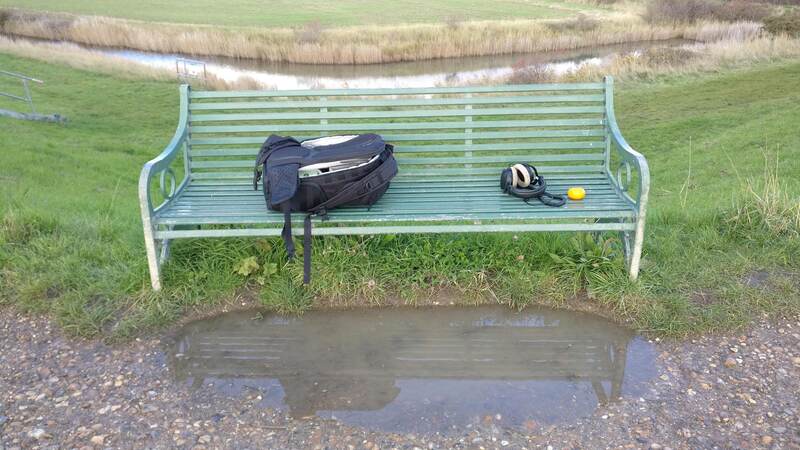
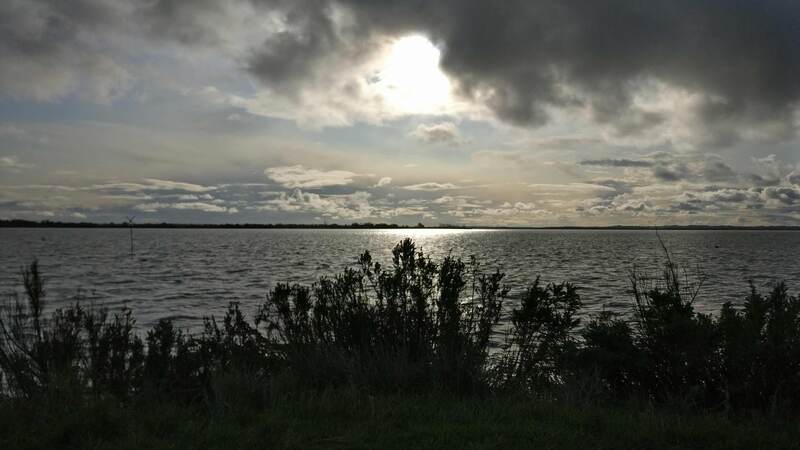
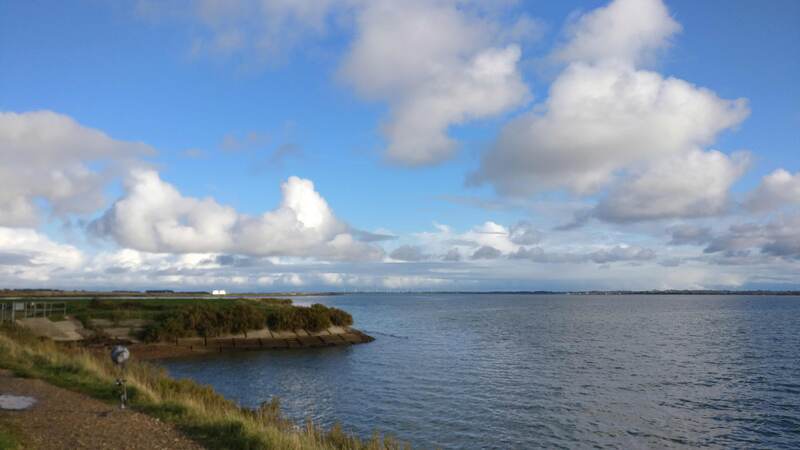
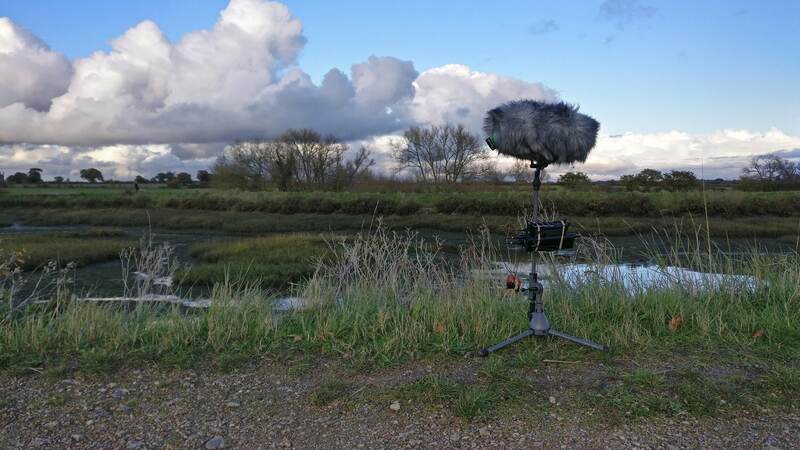
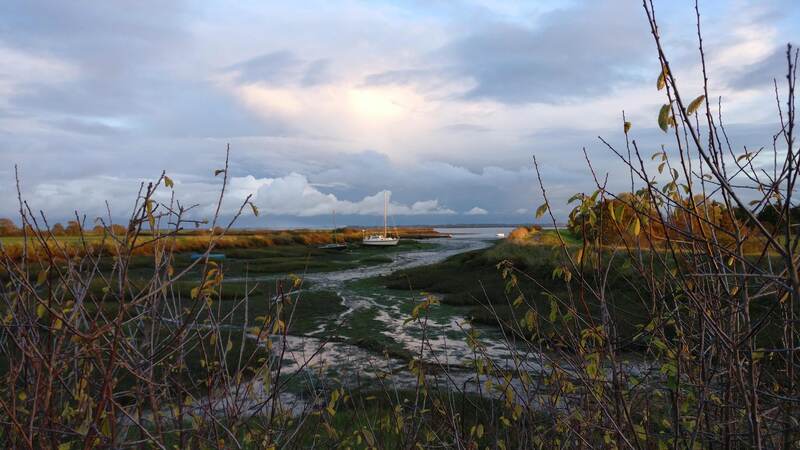
 RSS Feed
RSS Feed
